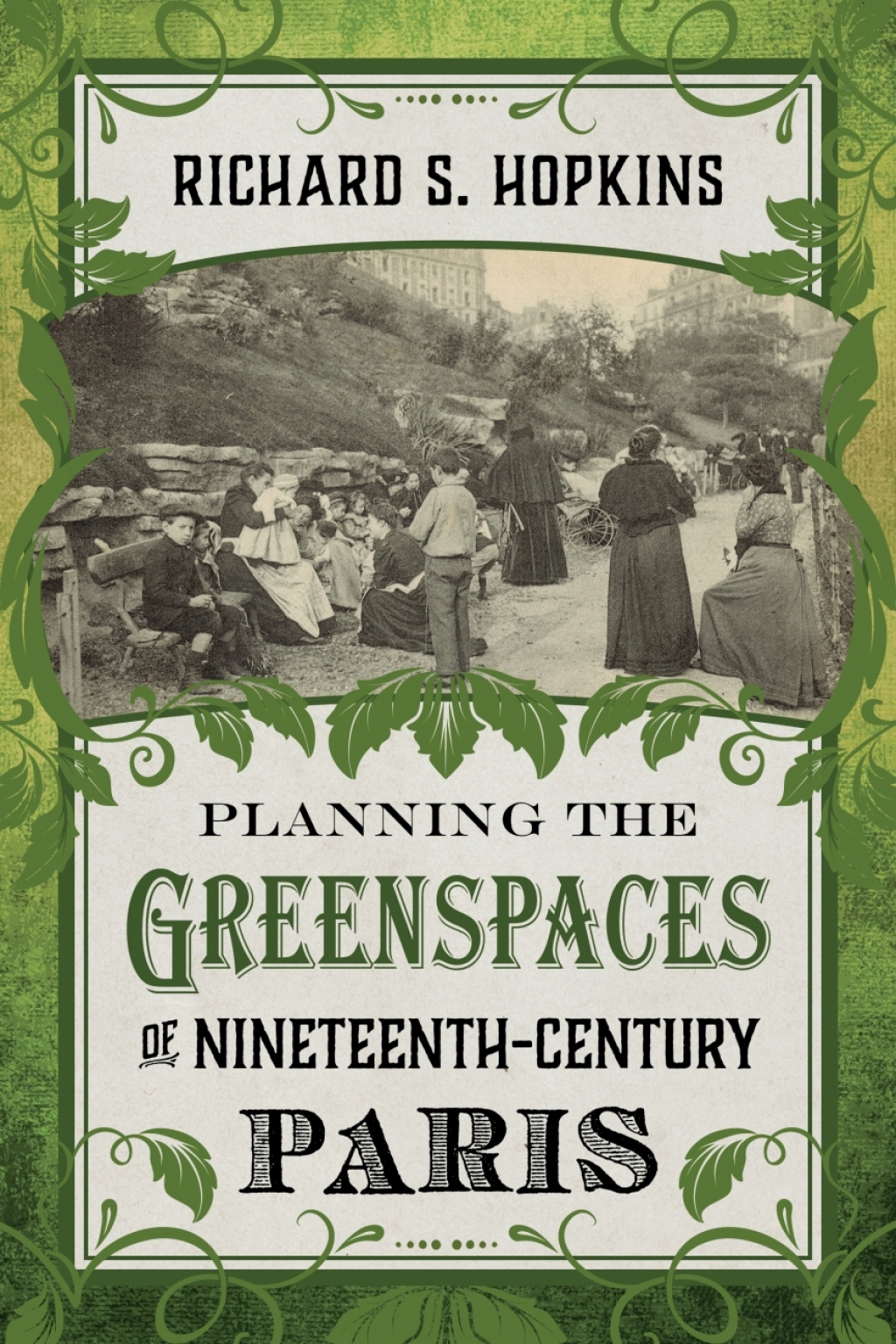Additional information
| Full Title | Planning the Greenspaces of Nineteenth-Century Paris |
|---|---|
| Author(s) | Richard S. Hopkins |
| Edition | |
| ISBN | 9780807159866, 9780807159859, 9780807159873, 9780807159842 |
| Publisher | LSU Press |
| Format | PDF and EPUB |
Original price was: $19.95.$4.99Current price is: $4.99.
Access Planning the Greenspaces of Nineteenth-Century Paris Now. Discount up to 90%
| Full Title | Planning the Greenspaces of Nineteenth-Century Paris |
|---|---|
| Author(s) | Richard S. Hopkins |
| Edition | |
| ISBN | 9780807159866, 9780807159859, 9780807159873, 9780807159842 |
| Publisher | LSU Press |
| Format | PDF and EPUB |
In the second half of the nineteenth century, state and municipal governments oversaw the explosive growth of public parks, squares, and gardens throughout the city of Paris. In Planning the Greenspaces of Nineteenth-Century Paris, Richard S. Hopkins skillfully weaves together social and cultural history to argue that the expansion of these greenspaces served as more than simple urban embellishment. Rather, they provided an essential component of the Second Empire’s efforts to transform and revitalize France’s capital city, and their development continued well into the Third Republic.
Hopkins brings a new dimension to the study of nineteenth-century Parisian urbanism by considering the parks and squares of Paris from multiple perspectives: the reformers who advocated for them, the planners who constructed them, the workers who maintained them, and the neighborhood residents who used them. As public areas over which private citizens felt a high degree of ownership, these spaces offered a unique opportunity for collaboration between city officials and residents. Hopkins examines the national and municipal goals for the greenspaces, their intended contributions to public health, and the roles of park service employees and neighborhood groups in their ongoing centrality to Parisian life.
Hopkins’s study moves deftly from the aspirations of the political authorities to the ways in which new public spaces contributed to community-building and neighborhood identity. Drawing on extensive archival research, he depicts a greenspace design and development process that illustrates the dynamic relationship between citizens and city.
Original price was: $19.95.$4.99Current price is: $4.99.
Access Planning the Greenspaces of Nineteenth-Century Paris Now. Discount up to 90%
| Full Title | Planning the Greenspaces of Nineteenth-Century Paris |
|---|---|
| Author(s) | Richard S. Hopkins |
| Edition | |
| ISBN | 9780807159859, 9780807159873, 9780807159866, 9780807159842 |
| Publisher | LSU Press |
| Format | PDF and EPUB |
In the second half of the nineteenth century, state and municipal governments oversaw the explosive growth of public parks, squares, and gardens throughout the city of Paris. In Planning the Greenspaces of Nineteenth-Century Paris, Richard S. Hopkins skillfully weaves together social and cultural history to argue that the expansion of these greenspaces served as more than simple urban embellishment. Rather, they provided an essential component of the Second Empire’s efforts to transform and revitalize France’s capital city, and their development continued well into the Third Republic.
Hopkins brings a new dimension to the study of nineteenth-century Parisian urbanism by considering the parks and squares of Paris from multiple perspectives: the reformers who advocated for them, the planners who constructed them, the workers who maintained them, and the neighborhood residents who used them. As public areas over which private citizens felt a high degree of ownership, these spaces offered a unique opportunity for collaboration between city officials and residents. Hopkins examines the national and municipal goals for the greenspaces, their intended contributions to public health, and the roles of park service employees and neighborhood groups in their ongoing centrality to Parisian life.
Hopkins’s study moves deftly from the aspirations of the political authorities to the ways in which new public spaces contributed to community-building and neighborhood identity. Drawing on extensive archival research, he depicts a greenspace design and development process that illustrates the dynamic relationship between citizens and city.
